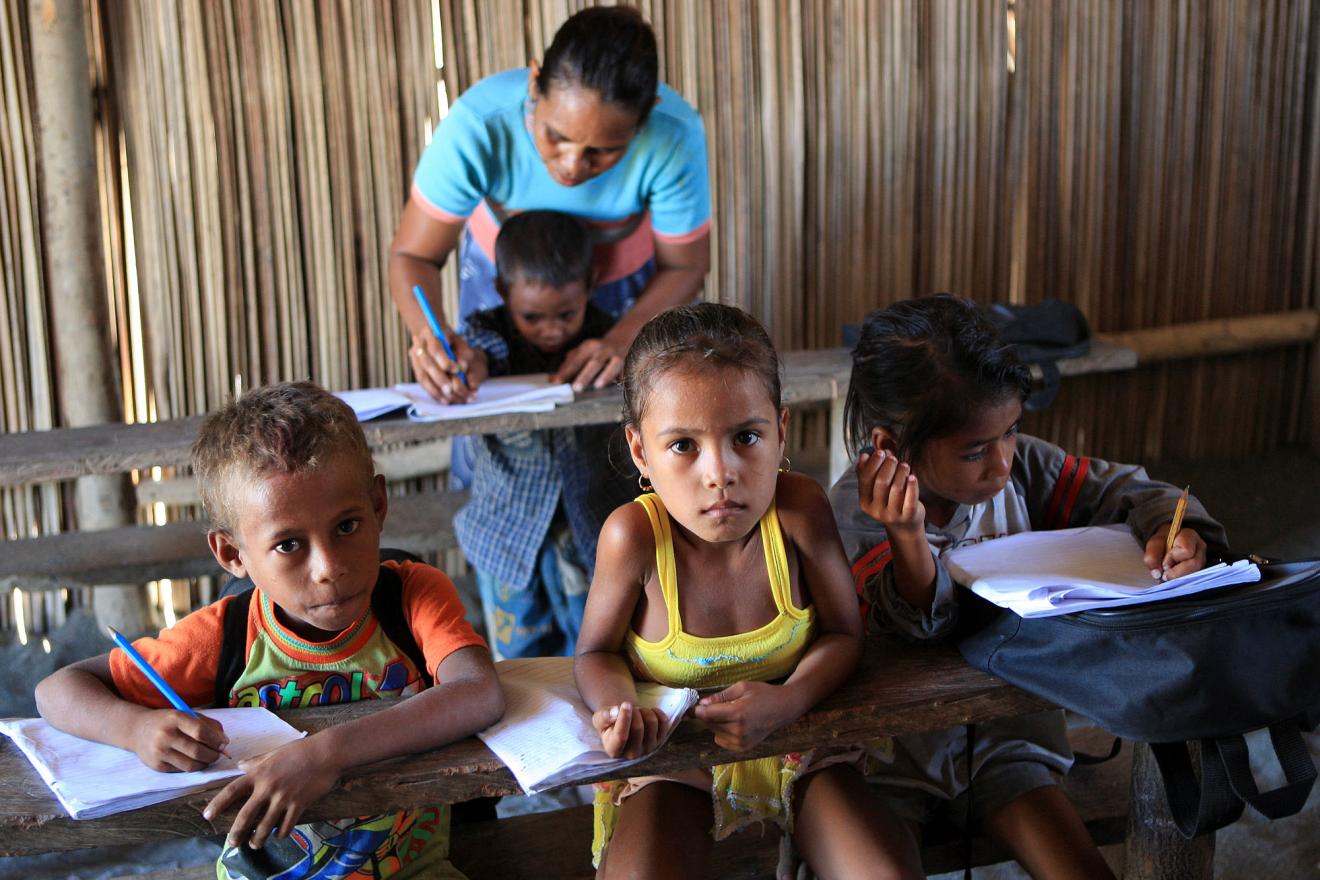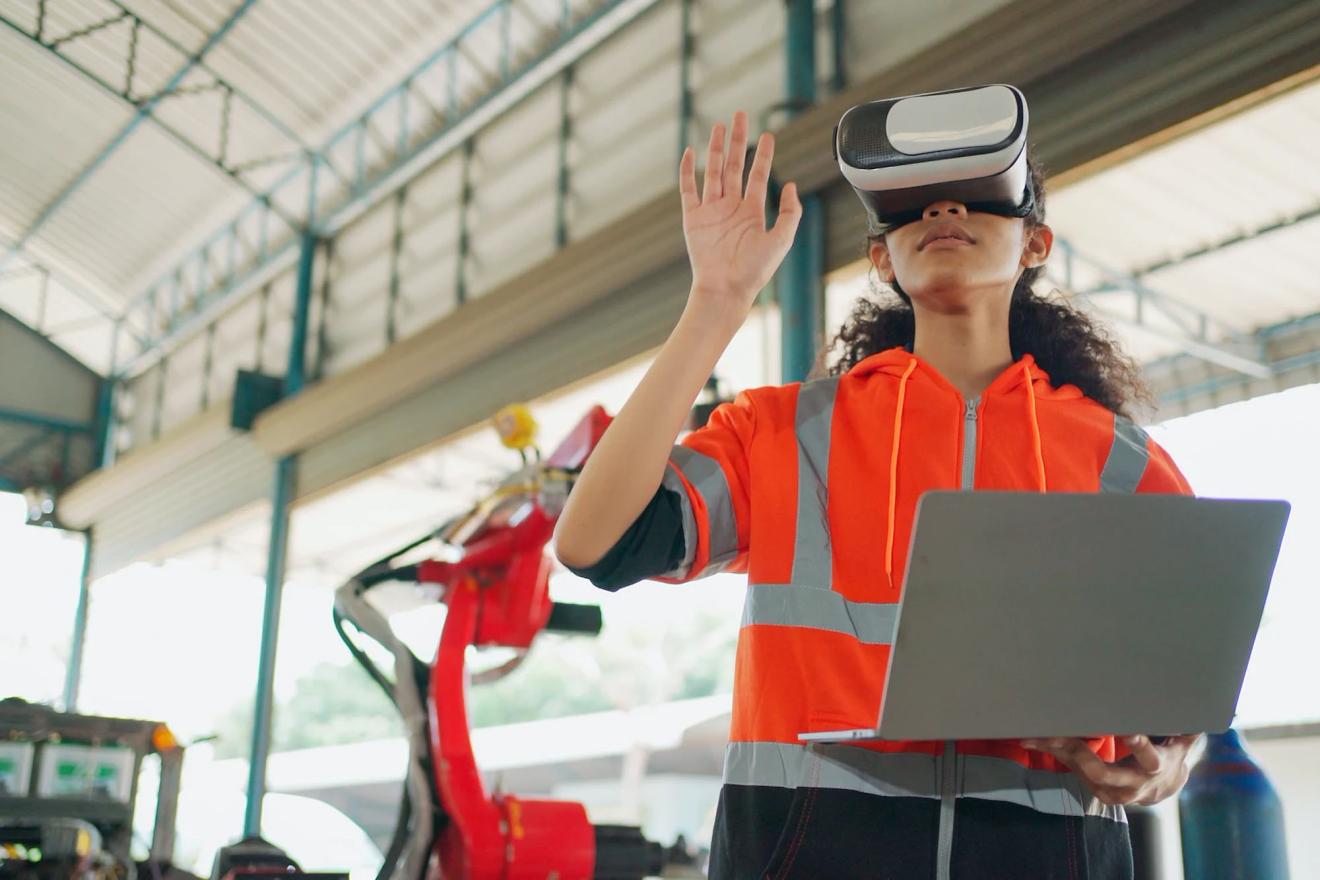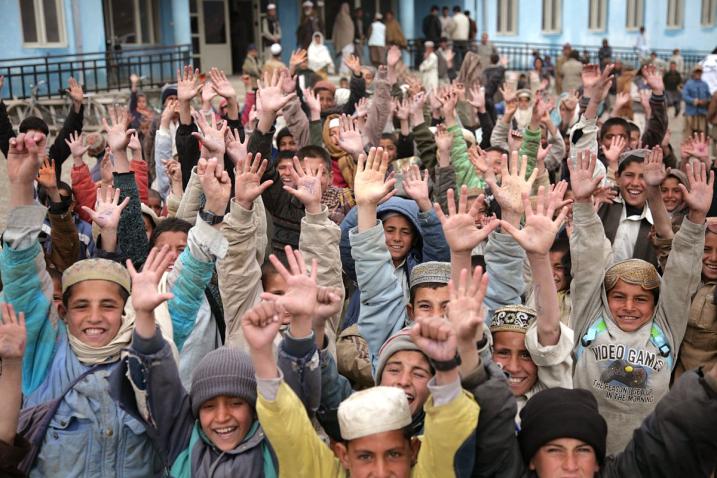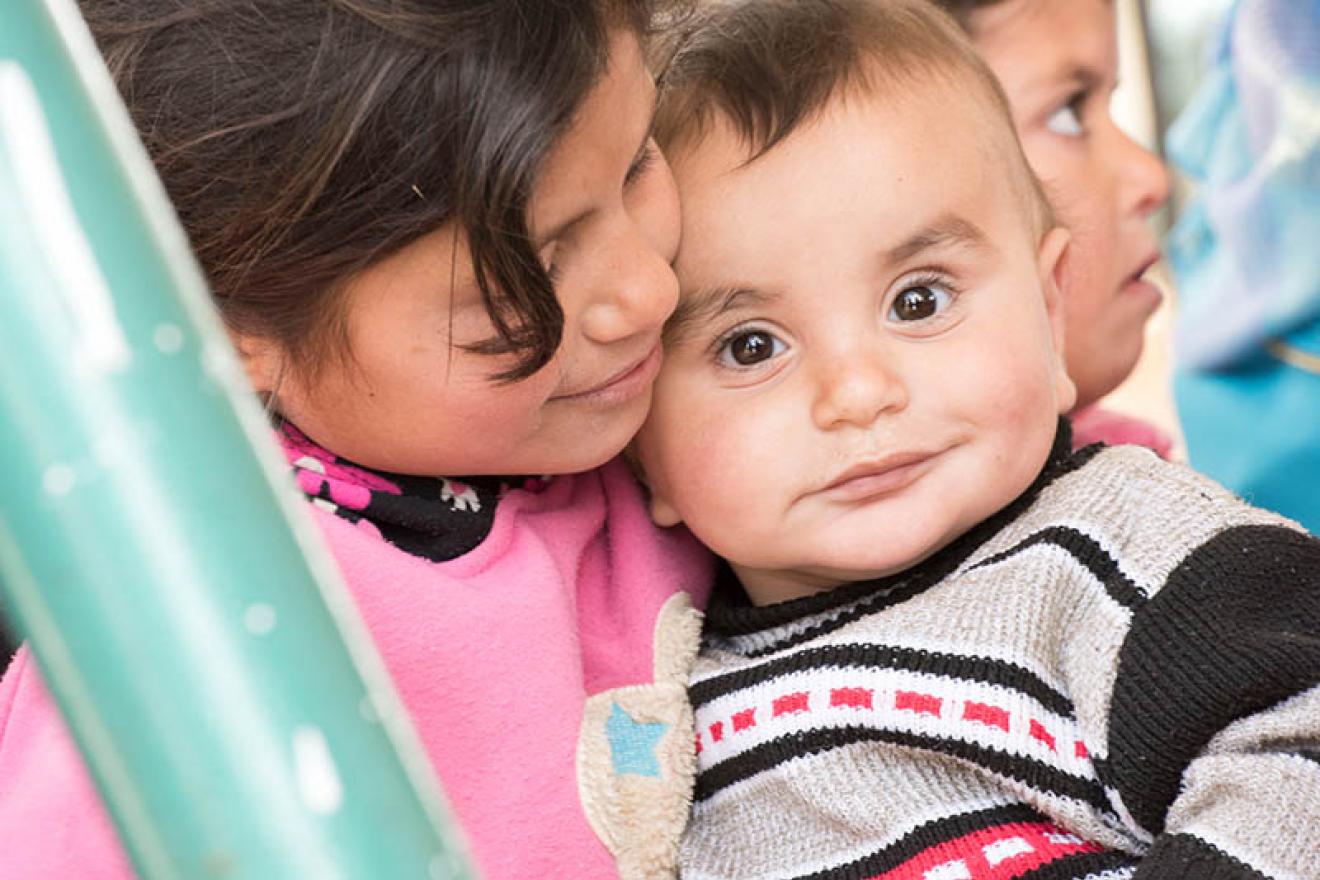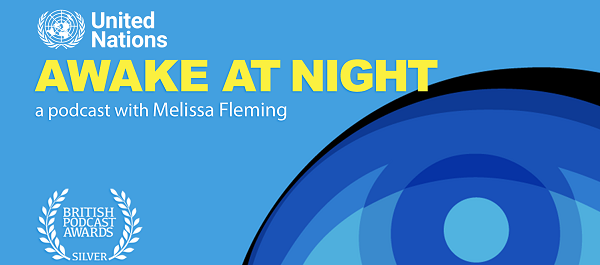ActNow is the UN campaign to inspire people to act for the Sustainable Development Goals (SDGs). In the lead up to the Summit of the Future, join the 1 Million Actions for our Common Future challenge to contribute to a more sustainable and peaceful world. Find new inspiring actions on the app and at un.org/actnow.
25 years of International Mother Language Day: Languages Matter!
Languages play a vital role in education and sustainable development, facilitating knowledge transfer and cultural preservation. With around 8,324 languages worldwide, many are endangered due to globalization. The 25th anniversary of International Mother Language Day (21 February) highlights ongoing efforts to preserve linguistic diversity and promote mother tongues, emphasizing their importance in safeguarding cultural heritage. Established by UNESCO this day promotes inclusive societies and supports the preservation of non-dominant languages, ensuring equitable access to education for all.
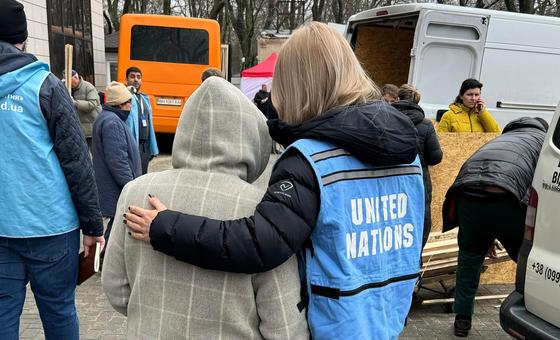
UN in Ukraine prepares for the worst, hopes for the best
22 February 2025 — As the full-scale Russian invasion of Ukraine reaches its third year, a flurry of diplomatic activity has led to a growing expectation of a ceasefire, although the situation...
Full-scale Russian invasion of Ukraine has sown ‘psychological terror’, warns top aid coordinator
21 February 2025 — In the nearly three years since the full-scale Russian invasion of Ukraine, the country’s people have endured continuous attacks, “psychological terror…displacement and hardship...
Urgent appeal launched as DR Congo crisis fuels mass displacement to Burundi
21 February 2025 — The UN refugee agency, UNHCR, has launched a $40.4 million appeal to address the deepening humanitarian crisis in the Democratic Republic of the Congo (DRC) and its impact on...

